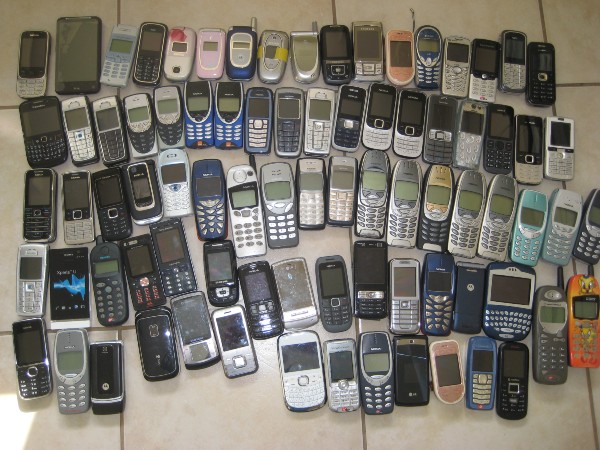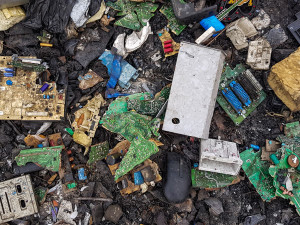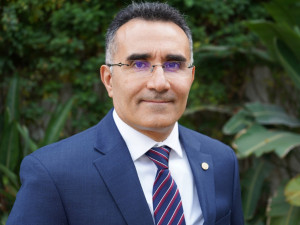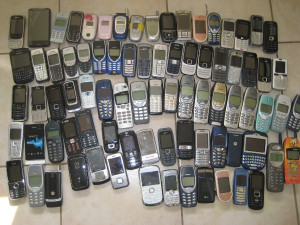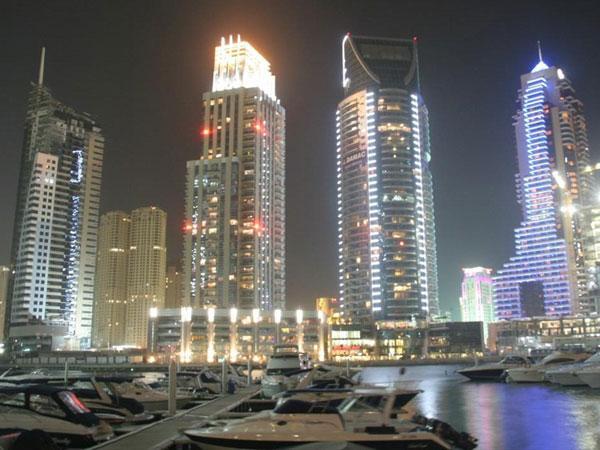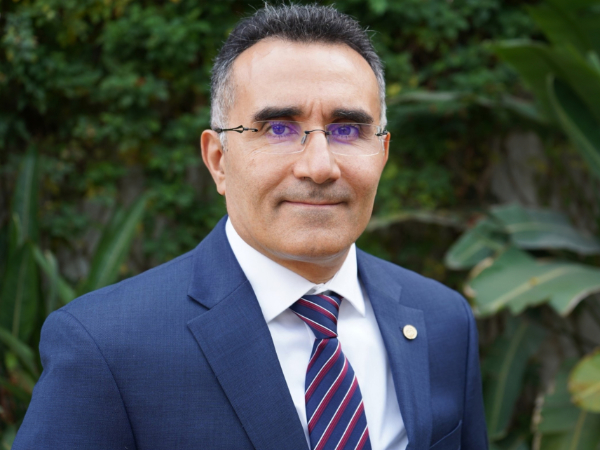In this new series of features, Developing Telecoms will explore the under-reported issue of electronic waste. We will explore possible solutions for addressing the issue as well as examining a case study with a leading Asian operator, but to begin, this article aims to examine the scale of the issue affecting operators in developing markets.
The telecom industry – almost by its nature – is driven by the pursuit of the new, and this is perhaps best exemplified in consumer terms by our obsession with the latest device. While it can be argued that device innovation has plateaued in recent years, we inherently understand that devices are constantly becoming obsolete and replaced with newer, more advanced models. What we don’t consider as much is what happens to those older devices.
As a concept, we are all aware of e-waste on some level – but we shun the responsibility for addressing it and relegate it to the background of our consciousness. We understand that electronics aren’t easy to make or recycle, that they contain rare materials, and that they don’t all get refurbished or passed on to developing markets that will appreciate older handsets – but given that the market around them is based on the desire for the novel, we aren’t encouraged to consider this problem.
However, e-waste is not conveniently disappearing – on the contrary, the scale of the problem has escalated to the point that addressing it is becoming a matter of urgency, particularly in emerging markets where a lack of adequate recycling capabilities collides with restrictions on device imports and exports, stalling meaningful action on the issue.
“It is a huge problem, and it’s getting worse” says Jan Stryjak, an Associate Director at Counterpoint Research who leads research on sustainability. Stryjak explains that in 2022, around 5.3 billion phones were thrown away – a number made even more shocking by the statistic that this accounted for just 10% of global e-waste that year. He notes that very few devices are recycled - around 18% - and highlights that this is because recycling is neither easy nor cheap.
Developed economies have for some time been encouraging consumers to recycle devices and be more environmentally conscious, with companies springing up to address the issue – but this is not the case in emerging markets, says Stryjak. “It's a particularly bad problem in Africa - pretty much all phones that are thrown away just go straight into landfill because no one's collecting them. I don't think it's quite a matter of people not caring, it’s just we only really recycle if it’s straightforward. If your phone’s at the end of its life, you probably either leave it in a drawer somewhere or throw it away.”
Stryjak notes that even in markets like the UK, where the recycling infrastructure is fairly good, consumers don’t have much incentive to recycle beyond a sense of environmental duty – for example, there is little resale value for any device older than six months – and in most African markets the capability simply isn’t there to recycle, so devices are thrown into landfill.
One measure implemented to address this is ‘e-waste compensation’, which – for every new device sold - seeks to remove one device from circulation and recycle it. Companies such as Netherlands-headquartered Closing the Loop typically reclaim these devices from markets in Africa and other emerging regions, where there is little recycling infrastructure. Through their networks, the firms ship the devices back to Europe or other locations where they can be recycled. However, there are a lot of roadblocks to this seemingly simple premise – the most significant being that devices containing batteries cannot be exported for safety reasons, so all batteries must be removed locally. In many emerging markets, the expertise for this is lacking, and Stryjak notes that this is another issue – the collection is informal. Rather than companies organising safe device collection, people are opportunistically salvaging what they can from landfill sites – and this can be quite dangerous, particularly since many of those handling the e-waste don’t know whether they are being exposed to hazardous materials.
Given that the EU is trying to promote e-waste compensation, it is taking steps to improve and streamline the process – but nonetheless, the severity of e-waste’s impact on emerging markets combined with the difficulties of addressing the problem raise the question: just how quickly and realistically can this issue be tackled?
“That’s the million dollar question”, agrees Stryjak. “It’s the whole idea of the circular economy – it’s got to be at all levels at all stages of it. You can’t just say you’ll deal with e-waste at the end – there are 1.4 billion phones being sold every year.”
The circular economy is a concept that we’ve touched on in previous articles at Developing Telecoms – such as this feature about India’s rising market for refurbished devices – but refurb is just one part of the overall picture. In a linear economy, phones are made with entirely new materials – in the worst case scenario, with completely virgin materials, with no effort to make them durable or economical. There are other factors that could reduce this lastability further – if the device is easily damaged, or if the OEM decides not to offer continued software updates, this cuts short the device’s lifespan. Newer devices are seldom repairable – it’s effectively impossible even to replace a battery – so once they break, in the worst case scenario they go to landfill.
“The idea of the circular economy is to try and stop as many phones going to landfill at the very end as possible”, explains Stryjak. “From a design and production point of view, you've increasingly got manufacturers using more recycled materials in their smartphones, whether it's recycled plastics, recycled glass, even reclaimed rare earth materials [although] that's much harder.” The metals involved in device production, such as cobalt and lithium, are a particular sticking point as mining them is incredibly bad for the environment.
“From a usage point of view, you want batteries to last longer…because one of the main reasons why people change their phones is because the battery doesn't hold its charge…there's a lot of research going into battery technology”, notes Stryjak. This is also happening on the software side; for Android devices, the push is towards a minimum of five years of software updates. This has previously not been regulated, allowing the OEM to make its own decisions, but increasingly manufacturers recognise that reliability is positive for their brand – Stryjak notes that Android is trying to catch up to Apple in this regard.
Finally, reparability is finally becoming more prevalent. Larger players are promoting relationships with device repairers, while smaller companies are releasing kits that allow users to make simple fixes at home to discourage them from discarding phones due to a minor, fixable issue. If the issue cannot be repaired by a layperson, then the device can have its components replaced and enter the refurb market, but if nothing works and the device is truly at the end of its life, then it can still be recycled rather than ending up as e-waste. “Whether it's the gold, zinc, tin, cobalt, or lithium, the idea is to try and reclaim as much of that as possible - then that in turn feeds it back to the beginning, into the production”, explains Stryjak, as an encapsulation of the circular economy for devices.
Promoting the circular economy is a good start, but if the blight of e-waste is to be alleviated, bigger changes will be required in terms of policy – both from regulatory bodies and the manufacturers themselves. In the next instalment of this series, we will examine how shifting attitudes towards sustainability are leading to changes at policy level.



